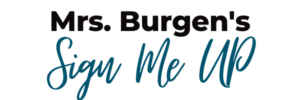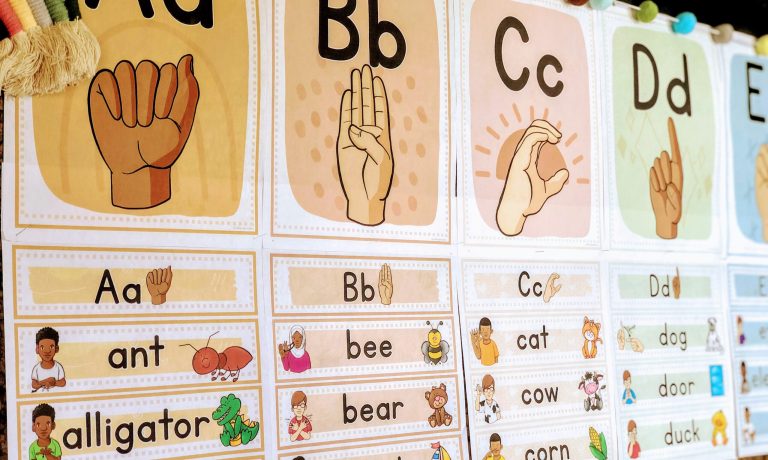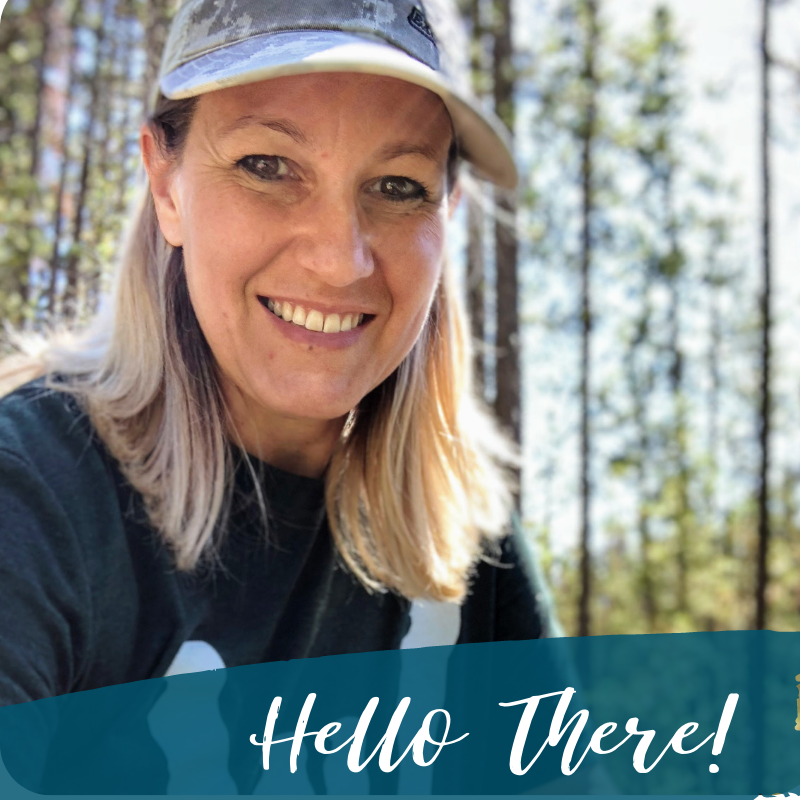Learning the Sign Language Alphabet
It’s a new school year and you have a brand new group of deaf and hard of hearing students. You want them to be successful in learning the sign language alphabet. You are ready to help them learn the English alphabet at the same time. First of all, while both alphabets have the same letter representations, you are, in fact, teaching two different languages simultaneously. In English, students will be learning to identify uppercase and lowercase letters in print. Additionally, they will be learning to form the letters, print the letters, learn the letter sounds, sort the letters, discriminate similar letters and finally, use letters to eventually learn to read.
In sign language, students will be learning how to expressively form the letters using the correct hand-shapes, location and movement. They will be learning how to receptively understand the letters by recognizing the letters, differentiating similar letters, and eventually recognizing letter patterns to form words. They will also, be using many of the hand-shapes as classifiers in the future, but, that is for another post.
In addition, students will be learning how to use the alphabets of both languages and how they work together to form words. Learning the Sign Language alphabet is essential to further reading success.
Before you start : Teach the letters of the alphabet in order
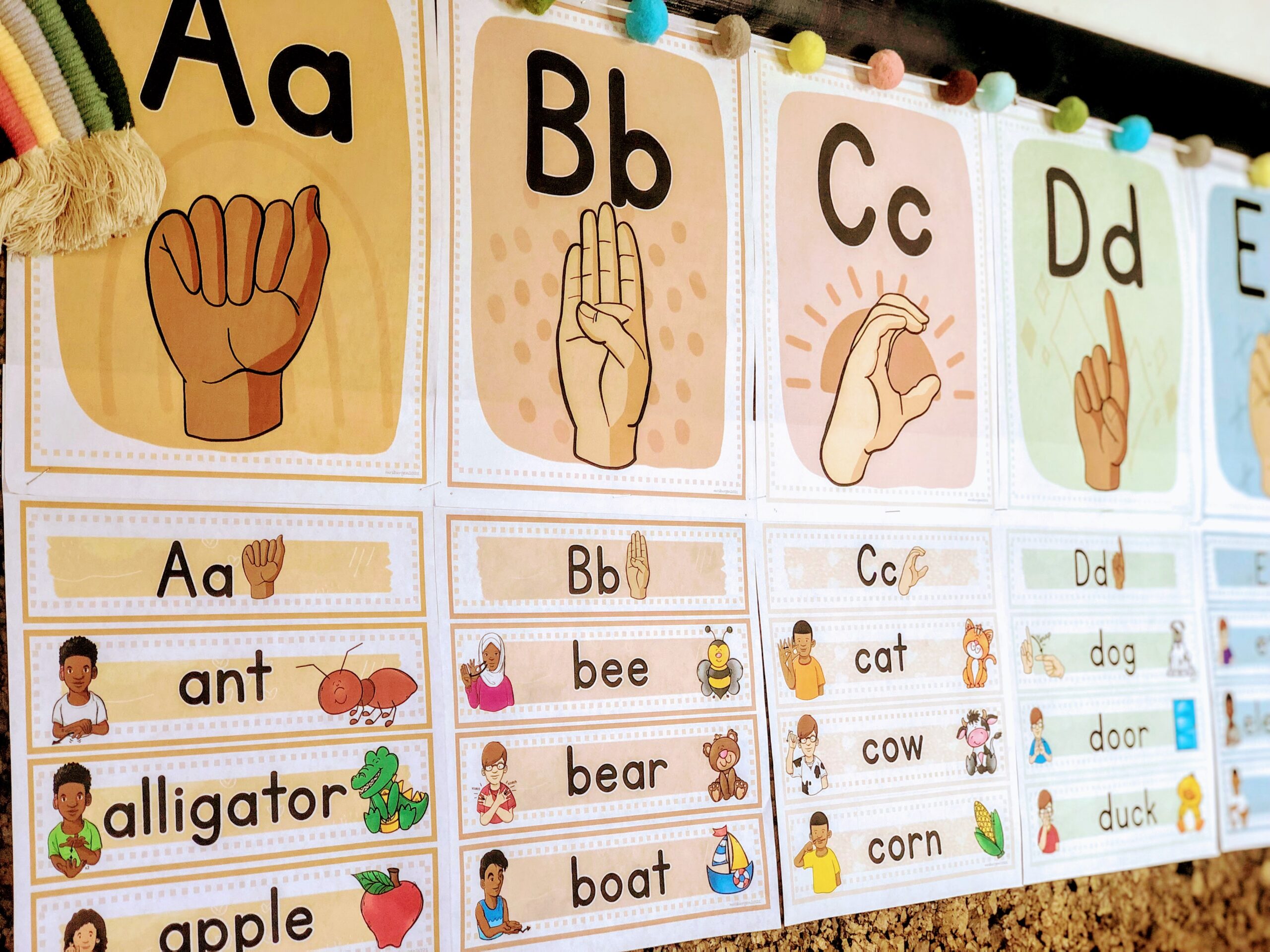
This is a controversial statement because most reading curriculums DO NOT do this. However, there is a reason they don’t do this. Kindergarten and above reading curriculums, are intended for students who already have a vocabulary of at least 5000 words. Reading curriculums are created for students who’ve likely been singing the alphabet song for at least 2-3 years prior to starting kindergarten. Therefore, the students are ready to begin building words. So, the curriculums are designed to focus on letters, giving students a foundation to quickly begin building CVC words.
Deaf and hard of hearing students, who have experienced language deprivation do not have this background. They typically have a much lower vocabulary and have likely had limited exposure to the alphabet and the understanding of the order of the letters.
It is so essential that you create a solid foundation with the alphabet for these students, before you begin to introduce word building strategies. After many years of frustration trying to teach my language deprived students using a kindergarten curriculum, I discovered that establishing this foundation preceded any understanding of the alphabetic principle.
When I first started teaching, I did not understand this concept, and wasted many years trying to follow a kindergarten curriculum in teaching the letters, without a strong emphasis on the order of the alphabet, and guess what? My students NEVER mastered the order of the alphabet. They were able to learn to identify all the letters of the alphabet, but missed alphabetic order completely.
It wasn’t until I began teaching the letters of the alphabet in order, that my students were able to master both letter identification AND alphabetical order.
All of that being said…. if you encounter students who have a vocabulary of less than 100 words. PLEASE, PLEASE teach meaningful basic communication skills PRIOR to introducing the alphabet. For more information about working with students who have experienced language deprivation please read the blog post first.
5 day success plan ahead
How do I approach teaching the sign language alphabet in my classroom with my deaf and hard of hearing students? Below is a sample of what we may cover each day in a 30 min lesson.
Monday-Introduce the letter
Tuesday: Complete an activity together with the letter
Wednesday: Put an activity into the center rotation
Thursday: Add a kinesthetic activity
Friday : Play a game with the letters
Homework options: send home anything you believe students can complete independently . Be prepared to differentiate this dependent on individual student skill.
Monday: Introduce the letter in American Sign Language and English
We begin by looking at the target letter. I sign the letter, I write both the upper and lowercase letter on the board. We practice signing the letter together and writing the letter in the air (or on a table) with our finger. I love to display these asl worksheets with the projector onto the board and complete it together with my students. We take turns locating and circling the letters, printing the letter, and discussing the words that begin with the target letter.
After we have completed the worksheet together, I give the students their own worksheet to complete independently. I CLEARLY STATE EXPECTATIONS before giving students the opportunity to complete the worksheet on their own.
They must:
- Work neatly (tracing the lines carefully and demonstrating the correct place to start as previously shown in our demonstration)
- Practice signing the letter and the words as previously demonstrated in our example. This is essential! Students MUST understand that this worksheet is for learning, not mindless doodling. Their job is to understand what they are writing on the page.
- Be able to read the page to me, a peer or parents when it has been completed. I EXPECT them to understand what they are doing.
Tuesday: Complete an activity
My students LOVEL wearable learning. Whether it’s a hat, a necklace, a bracelet. Whatever, they want to wear it and show it off! Making these hats is super fun but also focuses on essential skills. Again, the expectation is that they can read and print the English upper and lowercase letters as well as produce the letter of the sign language alphabet. I also expect them to read and trace the words that begin with the selected letter. Don’t worry, these are the same words we introduced yesterday, so they should be familiar with them by now. Before leaving the classroom with the hat, the students MUST read and sign the letter and all the words.
This activity includes cutting and gluing. The cutting is pretty simple for kindergarten level students with straight lines, but the oval can be challenging for some. We work through this with a lot of practice and build fine motor skills as we go.
For the first several letters we do this as a whole group activity but after 4-6 letters, I expect students, who are able, to do this activity independently. This also teaches students to be able to follow and remember multi-step directions.
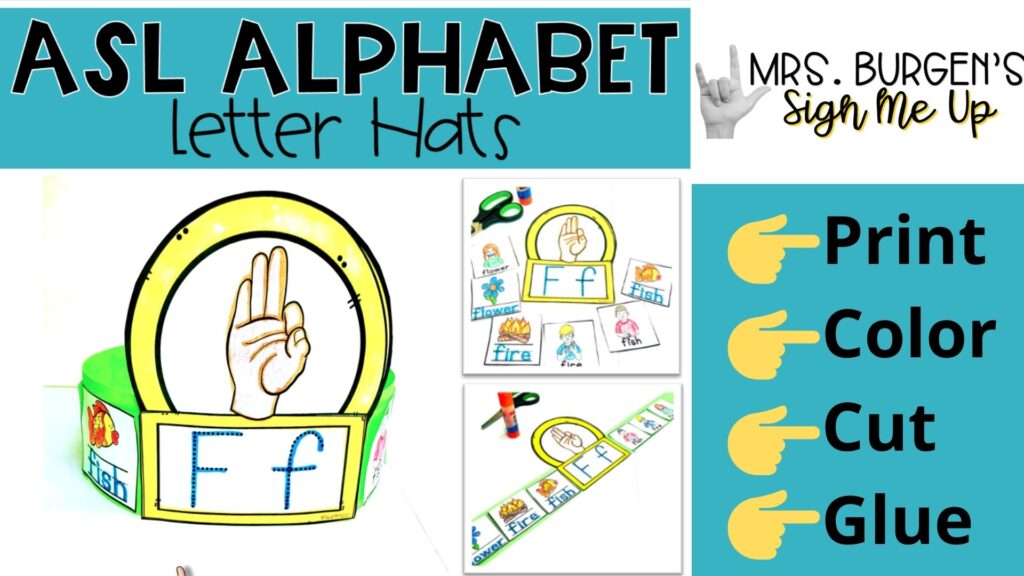
Wednesday: Put an alphabet activity into centers
Repetition is everything. This is now our 3rd day with our letter of the week and we are ready for more practice. Insert, the foldable book! For the first few weeks we complete this activity together as a group or in small groups with support. We are intentionally focusing on learning the sign language alphabet while also working with the English print letter. Also, directions of how to fold the book, in the beginning, are just as important as the book itself. Many of my early learners, really struggle with following directions in the beginning and this book definitely helps with that.
Once we are able to fold the book independently (working on the fine motor skills yet again) we are able to read, and color the book. This book will go into my student’s book bag for independent reading time and after 2 weeks, will be sent home for to be read with family members.
Thursday: Add a kinesthetic activity
Our primary goal is learning the letters of the alphabet in ASL and English. Our secondary goal in the early grades is always to support the primary goal with multi-sensory learning. Now, I’ve had a few students who did not like play dough over the years, but we always found something that would work for them… maybe, shaving cream or wiki sticks, or magic sand. The point here is that there is YET ANOTHER fun way to reinforce learning the letters and the words using the beginning letter.
Yes, they are the same words we have been working with since Monday, and by now they should be automatic and transitioning their way into long term memory. Additionally, as the year goes on, I require students to begin this activity with the target letter of the week. However, every letter we have covered so far is available as well. We also get opportunities to build the words using play dough, so, for the letter C, for example, I would like students to build play dough models of a cow, a cat and a corn cob. If they know of other words that begin with c, we can build those too!
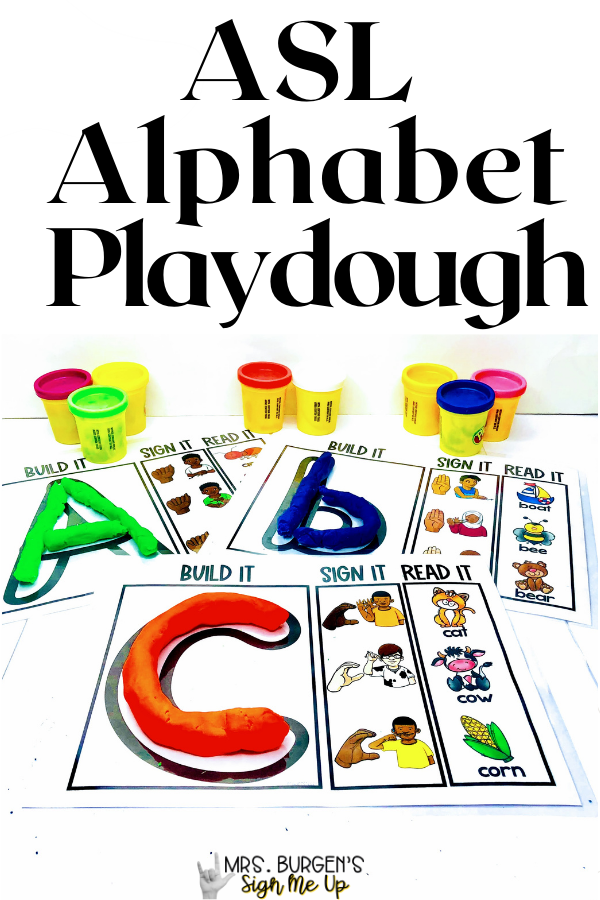
Friday: Play a game with the letters
Okay, let’s get up and move and have some fun! This ASL matching activity can be used in many ways, but I LOVE to use it as game. It takes a little prep, but in less than 5 mins, I can have it ready to go.
This set includes 3 title cards for each letter. For letter A, we have the cards for alligator, apple and ant. I put these cards at the front of the room on a table. Each card has 3 coordinating matching cards. All nine piece are hidden around the room (you can put them under their seats if you don’t want them up running around ). Students get an opportunity to
Whole group- take the top card Alligator, apple etc. and put it at the front of the room. Hide the coordinating puzzle pieces around the room. (under their seats, if you need them to stay seated, or around the room, if you need them to get up and move) Students then find the matching pieces and complete the puzzles when it is their turn.
By now, the 5th day with these letters and words, student should feel confident identifying, reading and signing both the letters and the words.
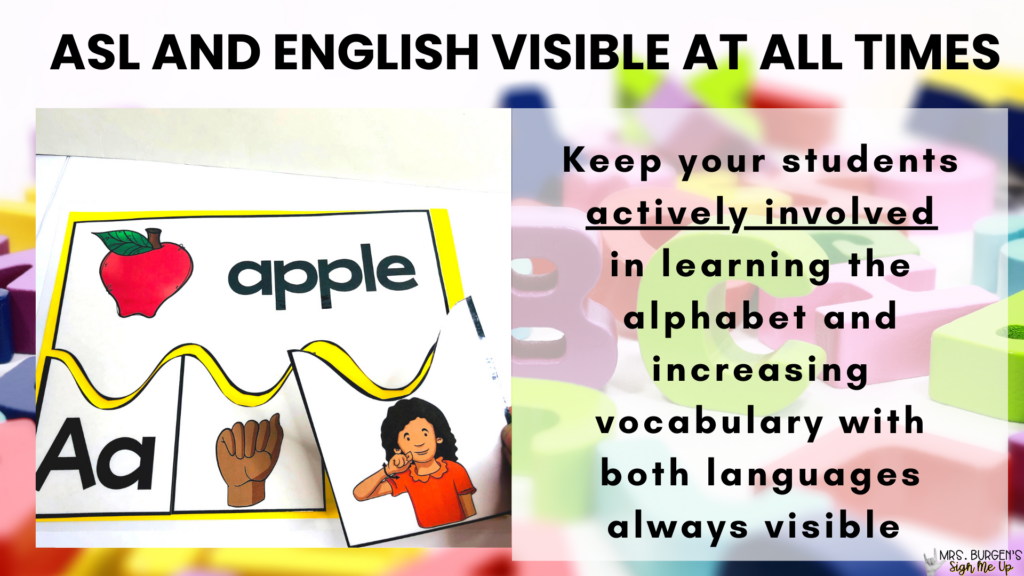
Homework options
Please be prepare to differentiate these options. I NEVER send things home unless I KNOW the student can complete the activity independently. I also clearly communicate this with parents at the beginning of the year. This empowers parents to encourage their child to complete the activity independently with some encouragement and support, rather than just accepting the typical student response of “I don’t know”. Any combination of the items shared here can be sent home as homework, but just be very intentional about ensuring your students know exactly what to do independently.
I hope that you love helping your students learn the sign language alphabet as much as I do.
Easy links to ASL Alphabet Activities below
- ASL Alphabet Activities Bundle (listed in this blog post)
- ASL Alphabet Posters and more
- FREE ASL Alphabet Headers
Got questions? Do you have other strategies that have worked for you? I’d love to hear what they are!
Happy Teaching
Heather Burgen
